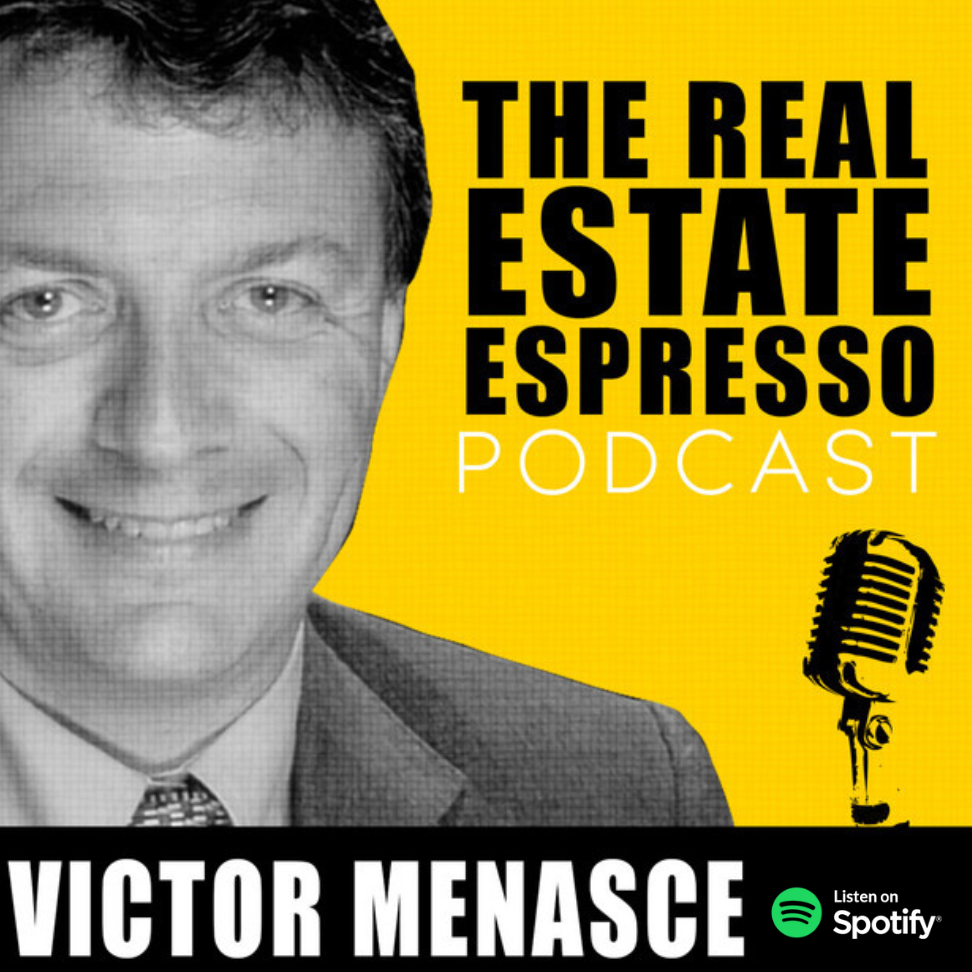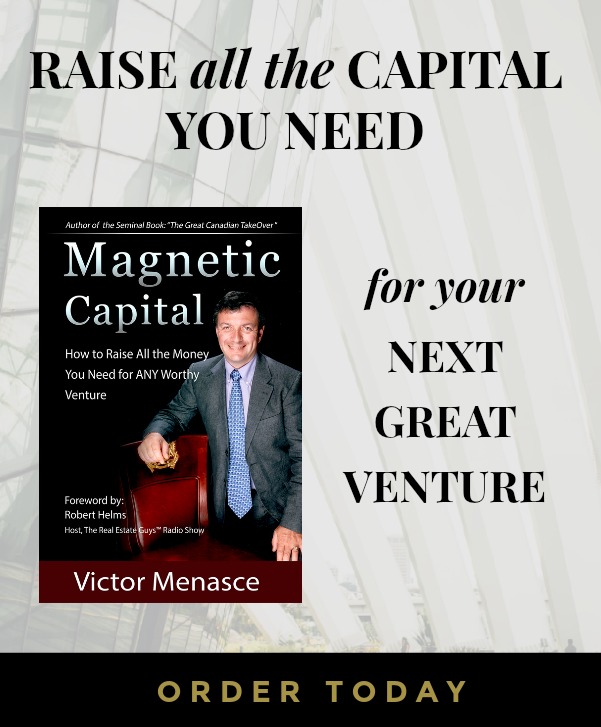On today’s show we’re talking about the difference between a commodity and a home.
From an executive summary, or an Excel spreadsheet, multi-family offerings look pretty much the same. They have lovely photos, and the numbers look compelling. I find that newer investors are consumed with making sure they have a profitable project. It captures almost all their attention. But there is a level above that primitive profit motive.
When you have truly mastered the game of real estate development, you realize that creating a profitable project is simply part of the process. The true differentiator is community building. When you create an experience for residents where they truly love to come “home” at the end of each day, then you’ve mastered community building.
It’s not just one thing that accomplishes that. It the sum of a whole bunch of details. It means paying attention to the experience of living in a space. It requires forethought.
Now you might be saying, Victor I’m not a developer. I simply buy existing assets, reposition them and create value for investors that way. I’m stuck with the hand I’ve been dealt on a given property.
I’d like to challenge that way of thinking.
Whether you are building new from scratch or repositioning an existing asset, the development I’m talking about it the delivery of a finished product. That finished product has a specification that you can achieve with a new building, and in most cases within the envelope of an existing asset. But it requires you to think about it.
It’s small details like, what is the assignment of parking spaces? Does it make sense for your tenants? What is the experience of coming home with 4 bags of groceries and walking the path from the car to your front door?
What is the work-flow in the kitchen? Does it make sense? Is there a spot on the counter for the blender, within reach of the outlet and is there space for a cutting board and a bowl.
Have you designed the balcony so that a morning coffee on the balcony is a great experience. Perhaps a glass panel on one side would provide a bit of wind shelter and make the space usable.
Do the front office staff make it their business to know every resident by name and greet them in a warm and welcoming way?
The Excel spreadsheet doesn’t capture any of what I’m talking about.
Now if your investment is in workforce housing and C-class apartments, you might be thinking, Victor you are so out of touch with the reality of our tenant population. That means that some amenities are out of the question at some of the lower price points, and I get that. But thoughtful design doesn’t cost more than thoughtless design. Simply giving thought to flow and the end customer experience can result in design changes that cost nothing more. Does the refrigerator door swing in the best direction for flow in the kitchen? That decision is free. It costs nothing to get it right. But when things are awkward and cumbersome, those irritants contribute to a feeling that this place isn’t home. It’s not enough to complain about. They might not even be able to articulate the awkwardness, but they can feel it subconsciously. Your tenant might be staying there for now, but it’s not home.
Is the thermostat placed in a location that makes sense? Or does it get influenced by a local temperature shift so some of the apartment is too hot and the rest is too cold?
These decisions cost nothing to implement correctly, but they require thought, they require attention to detail, and they require that someone in your organization feels a strong sense of ownerships and responsibility for the customer experience. When they walk into the property for the first time, is there something that you’ve intentionally designed to create a spontaneous “Wow” reaction. It doesn’t have to be huge.
Think about how you transform the end customer experience.


